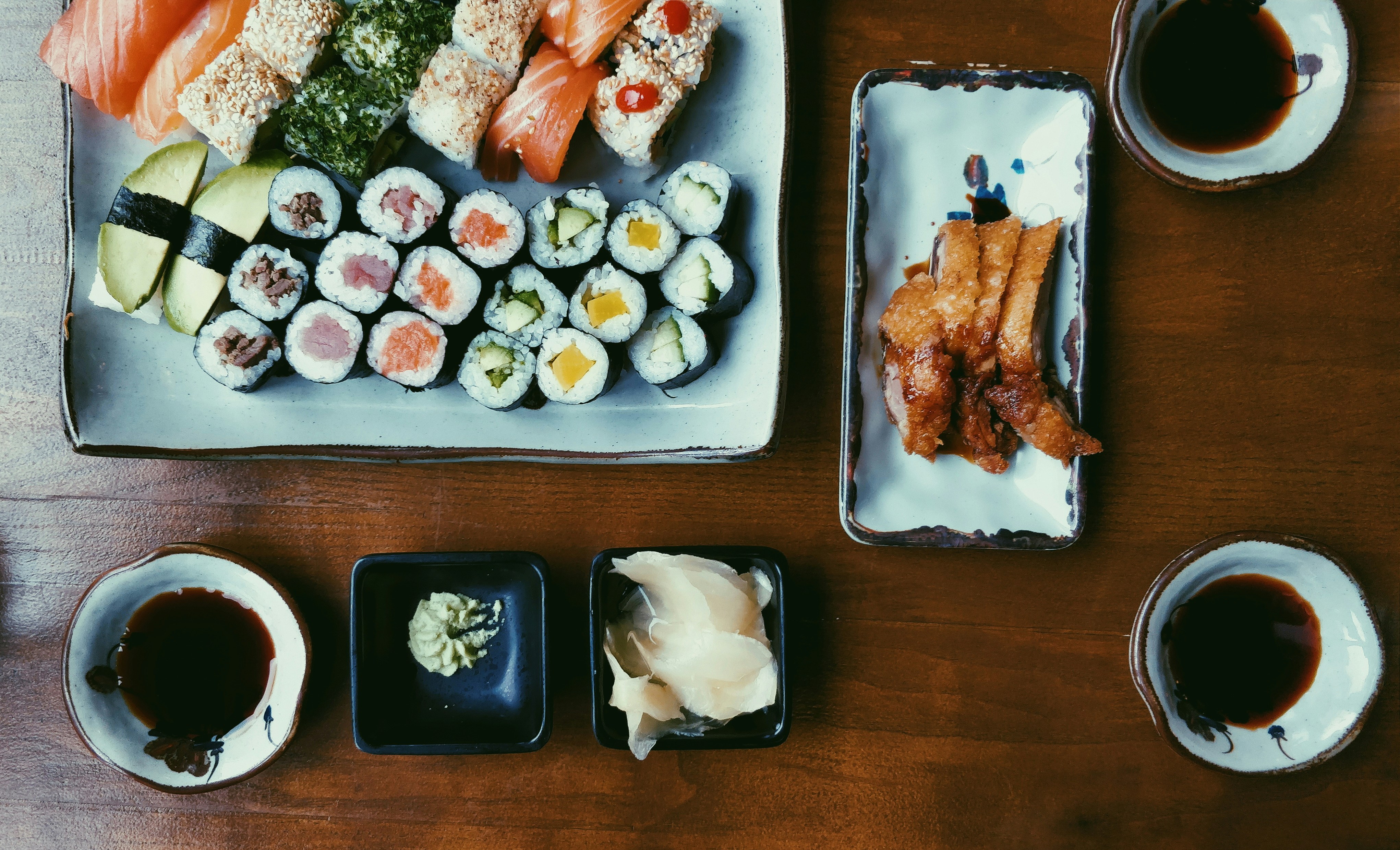

Introduction to Meal Prep and its Benefits
Meal prep is more than just a trend; it’s a game changer for anyone looking to eat healthier without the daily hassle of cooking. Imagine opening your fridge and seeing delicious, nutritious meals ready to go. No more last-minute takeout decisions or unhealthy snacks. With meal prep, you can save time, reduce stress, and gain control over what you eat.
In today’s fast-paced world, it’s easy to let convenience take precedence over health. But with a little planning and creativity in the kitchen, you can transform your eating habits. Meal prepping isn’t reserved for fitness enthusiasts; it’s for everyone who wants to simplify their life while nourishing their bodies.
Let’s dive into the art of meal prep and discover how simple steps can lead you toward healthier eating habits that fit seamlessly into your lifestyle.
How to Plan for a Successful Meal Prep
Start by setting aside a specific day for meal prep. Many choose Sunday, but pick what works best for you. This dedicated time helps establish a routine.
Next, create a menu for the week. Consider your schedule and the meals that excite you. Make it diverse; include proteins, veggies, grains, and healthy fats to keep things interesting.
Utilize tools like calendars or apps to track your plans. Visual aids can make it easier to stick with your goals and see progress over time.
Don’t forget portion sizes! Use containers that help control servings while keeping meals fresh.
Prepare ingredients in batches whenever possible—chop vegetables or cook grains ahead of time to streamline the process on prep day itself. With careful planning, meal prep becomes efficient and enjoyable rather than overwhelming.
Grocery Shopping Tips for Meal Prep
Grocery shopping for meal prep can be a game changer. Start with a well-thought-out list. Jot down ingredients based on your planned meals to avoid impulse buys.
Opt for seasonal produce when possible. It’s fresher, often cheaper, and bursting with flavor. Don’t shy away from frozen fruits and vegetables either; they retain nutrients and are convenient.
Visit local farmers’ markets if you can. Supporting local vendors means you get quality items while enjoying the vibrant atmosphere of community life.
Check unit prices to ensure you’re getting the best deal per weight or volume. Bulk buying staples like grains or legumes can save both money and time in the long run.
Stick to the perimeter of the store where fresh foods reside—like fruits, veggies, dairy, and meats—while avoiding processed snacks that lurk in the aisles’ center sections.
Easy and Healthy Meal Prep Recipes
When it comes to meal prep, simplicity is key. Start with a quinoa and black bean salad. Just cook the quinoa, mix in canned black beans, diced bell peppers, corn, and a squeeze of lime juice. It’s refreshing and full of protein.
Another easy option is sheet pan chicken and veggies. Toss chicken breasts with olive oil, garlic powder, salt, pepper, and your favorite vegetables like broccoli or sweet potatoes. Roast everything together for about 25 minutes.
For breakfast on the go, overnight oats are fantastic. Combine rolled oats with almond milk or yogurt in jars. Add fruits like berries or bananas along with nuts or seeds for crunch.
Consider making veggie-packed omelet muffins. Whisk eggs with spinach, tomatoes, cheese—whatever you love—and bake them in muffin tins for quick bites throughout the week. These recipes help maintain variety while keeping meals nutritious.
Tips for Maintaining a Balanced Diet with Meal Prep
Maintaining a balanced diet through meal prep requires intentional choices. Start by incorporating a variety of food groups into your meals. Think colorful vegetables, lean proteins, whole grains, and healthy fats.
Portion control plays a key role as well. Use clear containers to measure servings accurately. This helps prevent overeating while ensuring you get the nutrients your body needs.
Don’t shy away from spices and herbs. They can elevate flavors without adding extra calories or sodium. Experiment with different combinations to keep things interesting.
Stay flexible with your planning too. If you crave something specific mid-week, swap it in for another meal or snack option instead of sticking rigidly to the plan.
Consider prepping snacks alongside main dishes. Nutritious options like cut fruits or yogurt cups make reaching for healthier choices easier when hunger strikes between meals.
Conclusion: Incorporating Meal Prep into Your Lifestyle
Meal prep can seamlessly fit into your daily routine. Start small and gradually build up your meal prepping skills. Choose a day that works for you, perhaps Sunday, to dedicate some time to planning and preparing meals.
Make it enjoyable by listening to music or podcasts while you cook. Involve family members or friends; cooking together can be fun and motivating.
Remember, the goal is not perfection but progress. Experiment with different recipes and ingredients until you find what works best for you. Stay flexible—sometimes plans change, and that’s okay.
With practice, you’ll discover how meal prep helps simplify your life while promoting healthier eating habits. Enjoy the freedom of having nutritious meals ready when hunger strikes! Embrace this art form as a way to nourish yourself both physically and mentally in today’s fast-paced world.
